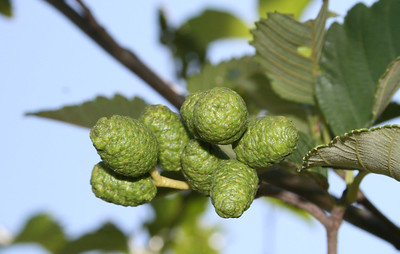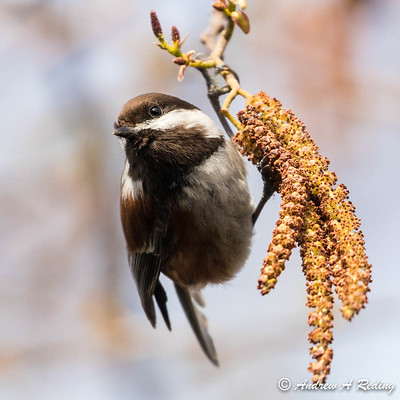Family: Betulaceae
Common name: Red alder
E-flora BC: https://linnet.geog.ubc.ca/Atlas/Atlas.aspx?sciname=Alnus%20rubra
Wikipedia: https://en.wikipedia.org/wiki/Alnus_rubra
Red alder is found in moist places, along streams, lake shores, and low lying areas of the landscape where water collects. It’s also a ‘pioneer species’, meaning that it’s often the first one to colonize a recently cleared area, e.g. after a landslide or forest fire.
Red alder is significant in that it engages in a symbiotic relationships with nitrogen-fixing actinomycete bacteria of the genus Frankia. The bacteria take up residence in the root system of red alder. The tree provides their bacterial symbiont with a protected habitat and carbohydrates for food, while the bacteria provide their host tree with nitrogen in the form of ammonia. Useful forms of nitrogen (ammonia and nitrate) are typically in short supply in the soil, so this symbiotic relationship gives red alder an adaptive advantage. Eventually, the nitrogen fixed by Frankia and used by the red alder dissipates to the rest of the ecosystem. While most trees are careful about breaking down proteins and retrieving all the precious amino acids and other nitrogen-containing compounds from their leaves before dropping them in the autumn, red alder can afford to drop its leaves while they’re still green and rich in nitrogen-containing compounds. As the alder leaves are degraded by microbes and fungi in the soil, ammonia and nitrates are released and made available to other plants in the habitat. In that sense, red alder (with assistance from Frankia) helps the growth of other plants around it.
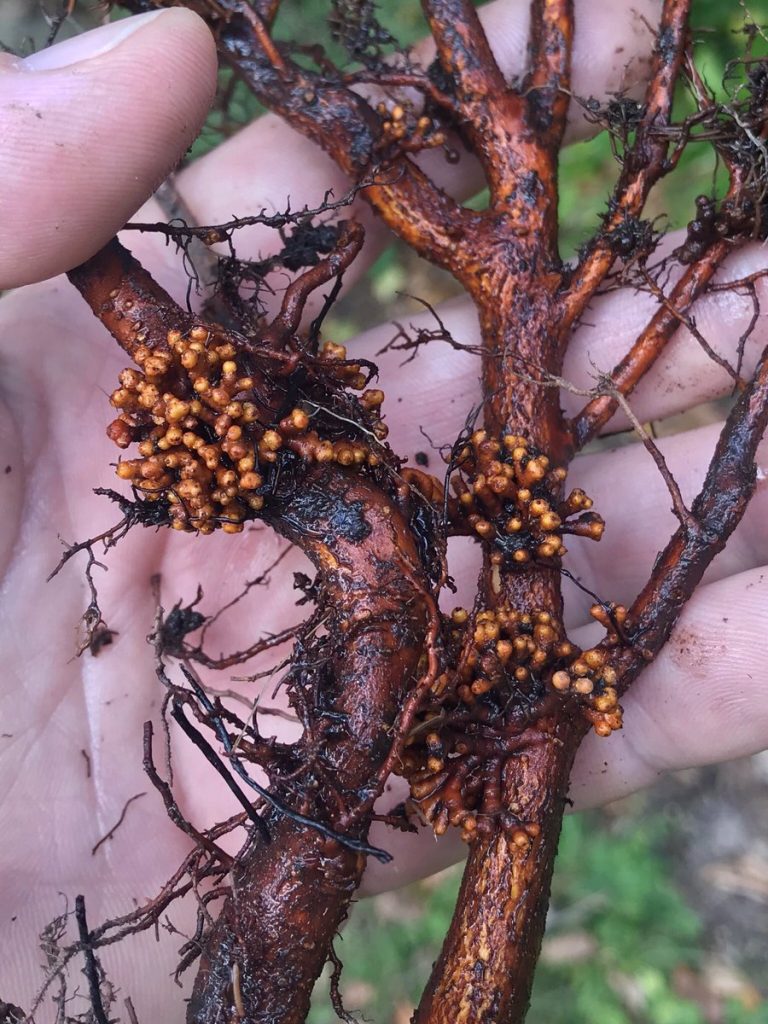
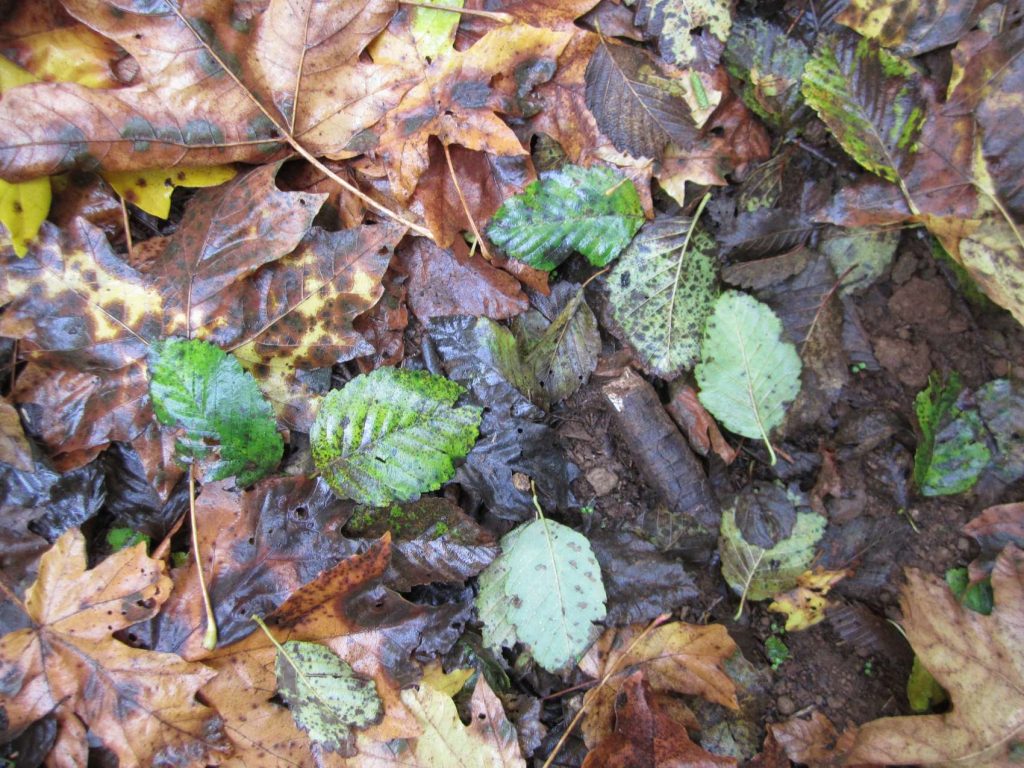


Why is the species called ‘red’ alder? The name comes from the color of the freshly cut wood, as shown in the photo below. The red pigment is especially intense in the inner bark, and has traditional uses by First Nations people in our region to, e.g., dye red cedar fibers used for weaving. Alder wood is considered one of the best for smoking salmon.
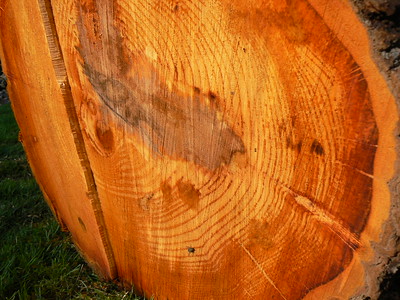
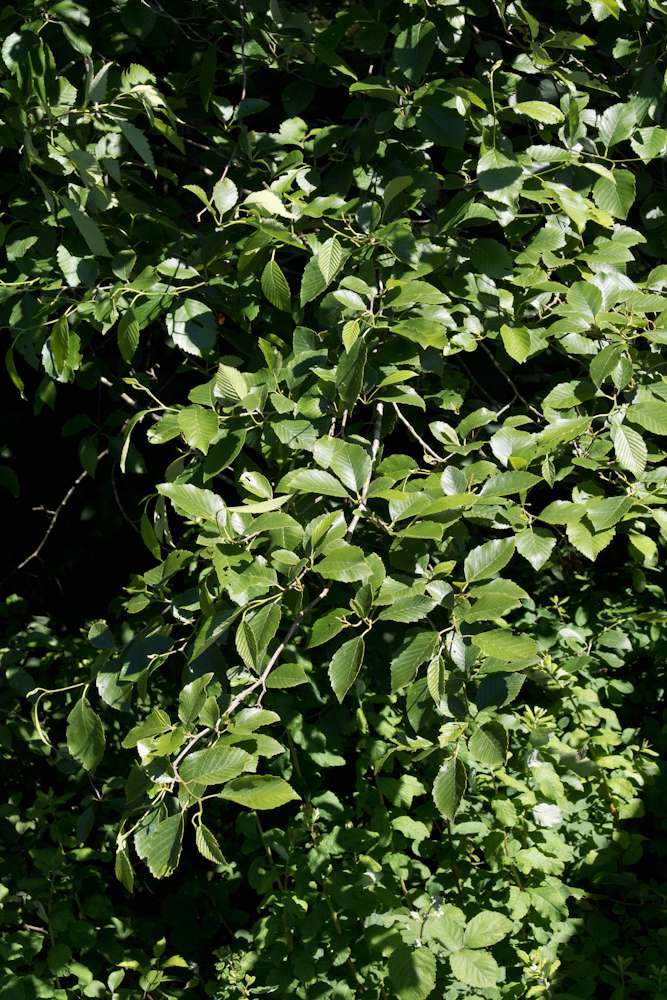


Red alder is a flowering plant, but its flowers are not the typical shape that we tend to think. The cone in the photo below is an old female inflorescence, a cylindrical spike of many female flowers. And the longer hanging spike is the male inflorescence.

